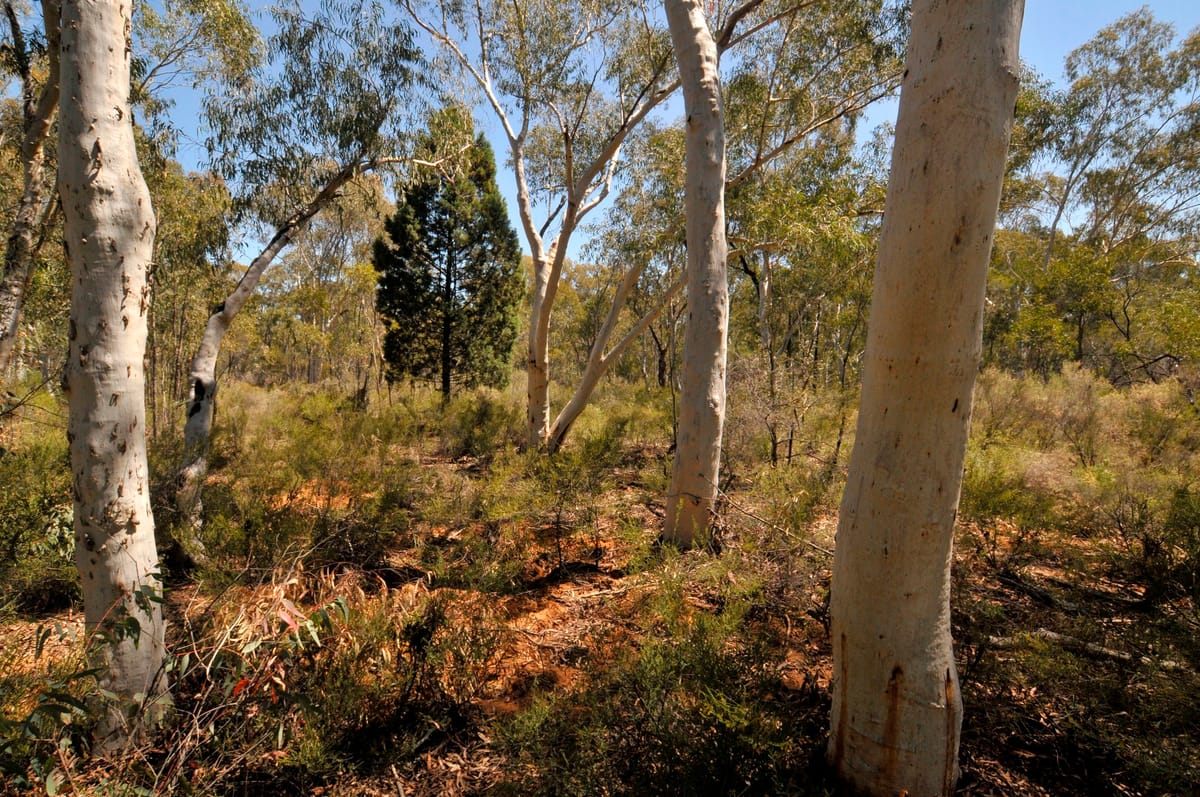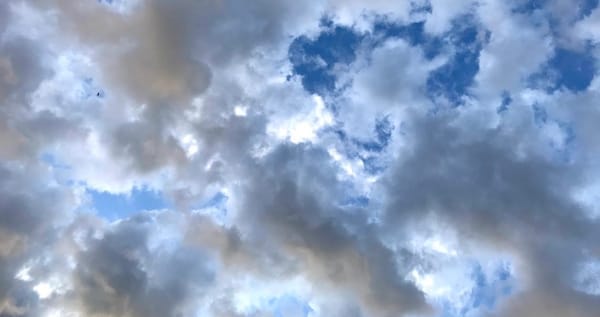The whole and its parts

The evidence paints a picture of the Pilliga as a cultural landscape where Gomeroi cosmology is alive and the celestial bodies, animals, plants, lands and waters interact with Gomeroi people (Native Title Tribunal Future Act Determination, Santos NSW Pty Ltd and Another v Gomeroi People and Another 2025)
Early this week, the Native Title Tribunal handed down a “future act determination” enabling Santos to proceed with the Narrabri gasfield in the Pilliga forest, over the top of the objections of Gomeroi people. The Tribunal acknowledged that for Gomeroi, the Pilliga is a whole: it is alive with their culture, from the sweep of the stars to the timing of fruits appearing in the forest. It is among the last wild places left for them to practice this culture. The Tribunal also acknowledged that climate change and the gasfield directly will affect this whole and will affect Gomeroi. The Tribunal imposed additional conditions on Santos seeking to address these impacts but ultimately determined that “energy security” and the promise of more gas outweighed what would be lost by the gasfield going ahead.
The Australian and New South Wales Governments laud First Nations knowledge yet continue to enact and uphold laws that break the world into pieces, categorise, limit and disconnect. They continue to grant mining companies approval to degrade and destroy. Because there are other causes of climate change, the effects of climate change on the Pilliga and Gomeroi cultural inheritance cannot be slated home to this gasfield, goes the argument.
The decision gives renewed expression to a deep problem: despite professed commitment by institutions and organisations, First Nations' knowledges and worldviews present a fundamental challenge to the processes and structures of rationalist modernity. A world that is irreducible, continuous, and alive everywhere with spirit is troublesome to systems of law, government and land that have entrenched demarcation, possession and separation of nature from society. Something will be lost in the tussle.
Seeing the world as whole allows us to see every particular part of that whole in its uniqueness, against the counting and categories of the rationalist worldview, which is prone to generalisation. Generalisation makes each wallaby identical and exchangeable with another wallaby; it makes Bohena Creek just a creek. Generalisation says that since part of the Pilliga is protected, another part might as well be turned into a gasfield. On the contrary, Gomeroi people talk about the whole Pilliga through the immediacy of experience and memory, as Gomeroi man Raymond Weatherall expressed this week:
"You understand the true beauty of what you're saving, by laying there in the dark, where there's no lights and all you can see is the stars and you think about our creation story..."
The Tribunal’s findings on climate change and its causes will be painfully familiar to anyone that has grappled with environmental assessment and litigation in Australia. For a culture that prefers to understand the world through quantification, environmental assessment almost always boils down to numbers: what percentage of global warming would this project be responsible for? What proportion of total koala habitat would be cleared? Have you completed your offset calculations and presented your CBA? These elaborate assessments all say the same thing: habitat destruction, cultural heritage annihilation, water pollution, and climate change are vast problems that dwarf this one thing that this one company wants to do. These problems won’t be stopped by stopping us, the company says, so why should we be the ones to stop? And our governments tend to agree: the logic of demarcation is adopted by the public servants who conduct assessments and draft decisions and by Ministers who sign those decisions.
Next week, another such decision will be made. Everyone seems to be expecting the new Environment Minister, Murray Watt, to approve Woodside's gargantuan North West Shelf gas plant extension, over the top of First Nations' warnings and dissent. He's expected to do this during a week when tens of thousands of people in the NSW Mid-North Coast remain stranded by a 1-in-500 year level flood that crashed through the Manning Valley just four years after a 1-in-100 year level flood [see note]; in a week when a marine heatwave bred toxic algae and killed thousands of sea creatures off South Australia in an event scientists describe as sign of things to come.
When the world is broken into pieces, it turns out no company or government or person is responsible for anything.
This is the reaping of the rationalist worldview: society and nature are together being brought to collapse by lines on maps and the flaw of averages, by dissociation and the studious washing of hands.
To keep faith with the world's wholeness, I hope, holds space for Indigenous knowledges and paradigms. Use the tools, the laws, the customs, the language of the current system while continually testing the degree to which that system sets limits on our advocacy by excluding different paradigms. Sometimes existing systems make good decisions, as when NSW’s Independent Planning Commission in 2022 refused Glencore’s application to expand the Glendell coal mine into a landscape that was the site of frontier violence, and became thereby sacred to Wonnarua people; or when the Queensland Land Court agreed to hear evidence on country about the impact of climate change on Aboriginal culture, and subsequently recommended the Waratah Coal mine be refused. Another instance came last year, when Tanya Plibersek granted a section 10 protection order over a sacred Wiradjuri place, in the headwaters of the Belubula River, where a mine wanted to put its tailings dam. The backlash to that decision showed that some remain deeply unwilling to reconsider our relationship to the land and what its First People know about it. Systemic transformation and the immediate procedural means to stave off a harm we cannot bear remain in tension.
To save the Pilliga, Gomeroi people have written submissions, organised marches, commissioned scientific studies, gotten arrested, gone to law and made common cause with conservationists, unionists and landholders. The struggle is far from over and this week showed again that the task is not merely legal or procedural, but profoundly cultural.
I will end with a fragment from an Adrienne Rich poem. It is also Reconciliation Week this week, and the artwork for it, by Kalkadoon woman Bree Buttenshaw, celebrates the resilience of native Australian flora. In honour of the strength, endurance, generosity, goodness and beauty of Gomeroi people, here is part 4 of "The Desert as a Garden of Paradise"
Every drought-resistant plant has its own story
each had to learn to live
with less and less water, each would have loved
to laze in long soft rains, in the quiet drip
after the thunderstorm
each could do without deprivation
but where drought is the epic then there must be some
who persist, not by species-betrayal
but by changing themselves
minutely, by a constant study
of the price of continuity
a steady bargain with the way things are.
[note: I am aware that a "one-in-500 year" flood is not required to arrive only once every 500 years, but using average return intervals reminds people that these events are extraordinary]



